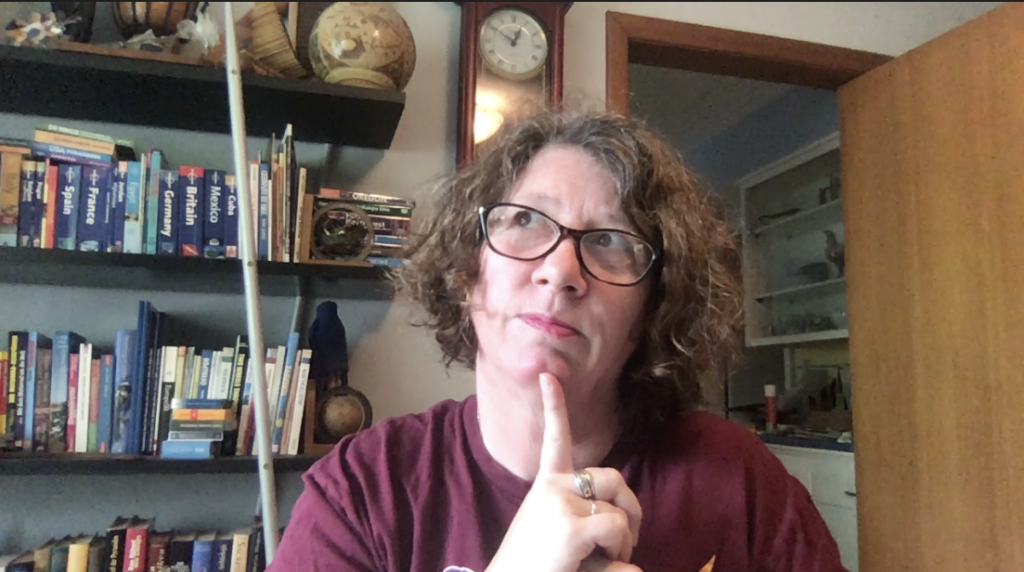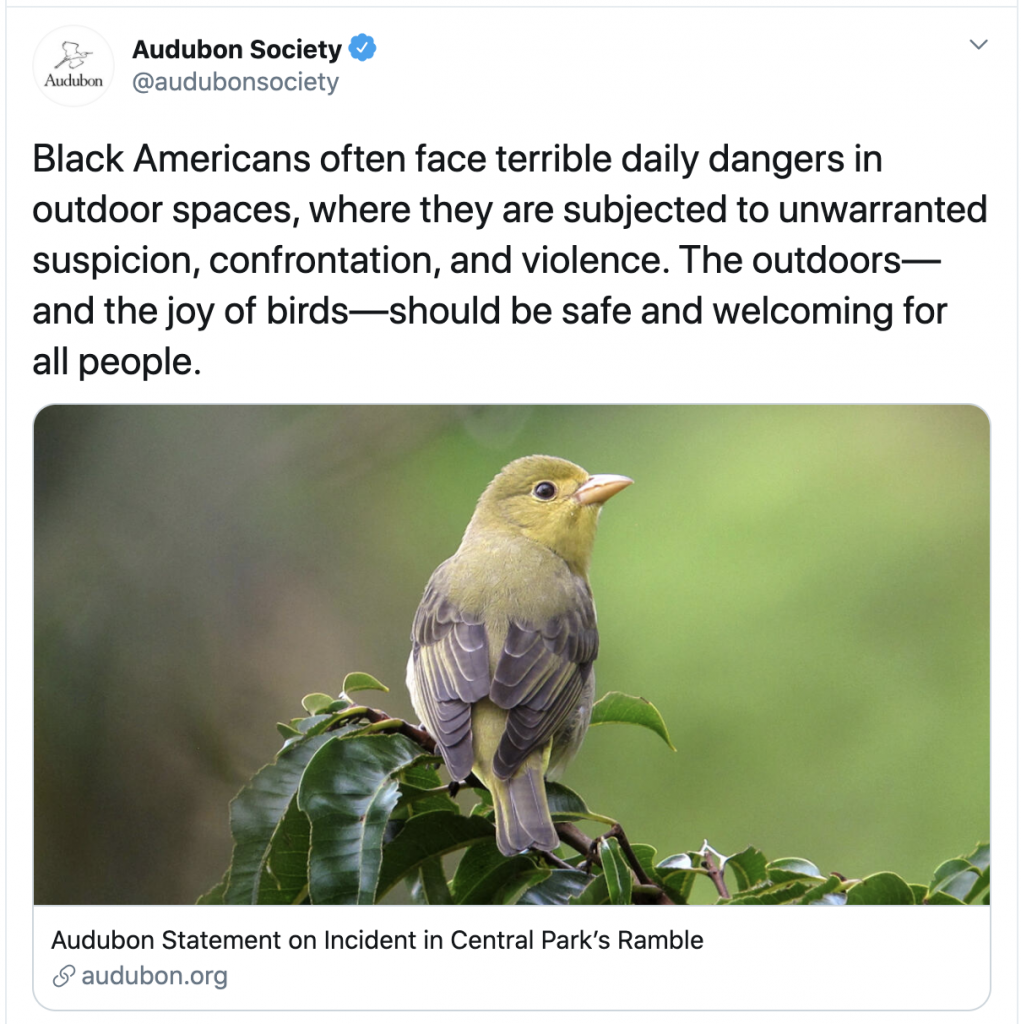Misconceptions abound about the differences in a for-profit business/corporation and a not-for-profit business. I’m hearing misconceptions in particular from the for-profit world, the corporate world, regarding what nonprofits and are and how they are different from the corporate world.
This is how I explain the difference, and how I try to address the misconceptions people have about these two different sectors:
A for-profit business or corporation exists to make more money than its expenses (a profit). It can have a mission – to provide a certain kind of product or service – and it can throw words in that mission like “quality” and “care”, but its success is ultimately judged regarding whether or not it’s profitable: whether or not it generates enough money to cover all expenses, to pay all employees a salary (usually enough to make people not want to seek employment elsewhere), to pay the senior management a hearty bonus beyond their regular, competitive salary and to pay all investors a profit on their investment. That for-profit business could have frequent staff turnover and low morale and not have very good products or services, but if it’s paying all of its bills and generating a good profit margin, it’s considered a successful business. A for-profit business may have a board of directors, a board that gets paid with profits from the company, or it may be owned by one person, who decides to share the profit with employees beyond their salaries (profit-sharing) or may pocket those profits entirely.
A not-for-profit business, also known as a nonprofit, exists to fulfill a mission, and this mission statement drives the development of all programs. It often does this through activities and services that are not provided by the for-profit sector. A nonprofit’s ultimate success is judged on whether or not it engages in activities that fulfill that mission. Some nonprofits are staffed entirely by volunteers (unpaid staff). Some nonprofits are staffed entirely by paid employees. Some nonprofits are staffed by a combination of both. Most nonprofits are pressured by funders not to pay their employees the same rate as their for-profit counterparts – the funders believe that nonprofit staff should be paid far less than for-profit staff, for a whole variety of reasons that I’m not going to get into here. Nonprofits are funded by a combination of donations from individuals, grants from foundations and corporations, and, just like for-profit organizations, contracts or fees for services from corporations, government or individuals. The healthiest nonprofits, financially-speaking, have a combination of these revenue streams – in other words, a healthy nonprofit doesn’t rely on just one source of income. Many nonprofits charge for some of or all of their services, but they have a focus on keeping fees affordable, so that their programs aren’t financially out-of-reach by most people. Since a nonprofit cannot exist without money to pay staff, to pay for its space and to cover all of the expenses incurred in the process of providing its services, then it is possible for a very successful nonprofit, one that is meeting its mission to do whatever it exists to do – shelter abandoned or surrendered animals and offer them for adoption, provide dance classes for inner-city children, tutor young people to improve their grades, provide outdoor activities for people with intellectual disabilities, whatever – and has a big demand for its services or programs to cease operations because it doesn’t attract enough funding to cover expenses. A nonprofit has a board of directors which legally owns and the business and is fiscally-responsible for the business – and is entirely volunteer (unpaid). If the nonprofit generates a profit – and this DOES happen – the nonprofit cannot pocket that money.
I prefer to call the latter a mission-based organization, or a cause-based organization since, in fact, not-for-profits CAN and DO sometimes generate a profit.
So, in sum, the difference in a nonprofit and a for-profit is the first one exists to fulfill a mission, primarily, that will improve or preserve our quality of life or environment, regardless of the profitability of such. Its success is measured on meeting that mission. The second one exists to make money – that is its primary purpose, and it might choose to do that ethically and with a secondary measure, but if a for-profit doesn’t make money, it is a failure, period.
A nonprofit isn’t automatically better or nobler than a for-profit. A nonprofit doesn’t necessarily operate with more passion or integrity than a for-profit. A nonprofit does not necessarily have happier, more dedicated employees.
A for-profit isn’t automatically better than a nonprofit. A for-profit isn’t automatically more efficient or more professional than a nonprofit. A for-profit might be far more ethical than a nonprofit, and have staff that are far more committed to doing quality work than a nonprofit.
Staff at nonprofits can have as much training, education and experience – and even more – than staff at a for-profit. Staff at for-profits aren’t always more “expert” in a particular subject, like marketing or project management, than staff at nonprofits.
There are for-profit homes for people with disabilities and nonprofit homes for people with disabilities. There are for-profit hospices and nonprofit hospices. You cannot tell the difference in them by just standing in the lobby or living room, or observing staff, or looking at the credentials of staff: you can tell only if you look at where the home gets its money and if it has a board of directors that gets paid.
What does the difference in a nonprofit and a for-profit really look like? Consider a for-profit movie theater and a not-for-profit movie theater. Picture them as being across the street from each other.
The for-profit theater shows first-run movies and movies expected to be blockbusters because those movies make the most money – the most profit. It doesn’t matter for the theater’s success if the movies have any cultural relevance, if they attract a diverse audience, or if they are considered “good” by critics – what matters is they attract a lot of paying customers, who buy lots of snacks for the movie, enough for the theater to be profitable.
The nonprofit theater has a mission to show movies that celebrate human diversity and differences, that address humanity’s most serious concerns, and that represent the range of creativity possible on the screen. It has goals to both entertain, to build the awareness in its audiences about the diverse ways film can be used to communicate a variety of messages and celebrate, and to use movies to bring people together for a shared experience, to create more community understanding and cohesion. As long as there are enough people attending for the theater to say that they are meeting their goals – and has some audience surveys or feedback to demonstrate this – it is considered a success.
The aforementioned nonprofit theater would sell tickets to its movies, perhaps at the same price as the for-profit theater, but it probably has just one or two screens and it probably doesn’t attract the full houses that the for-profit theater does, therefore, ticket sales and concession sales are never going to cover the costs of its operations. The nonprofit theater may even have a “pay what you can” night, ensuring that no one is prevented from experiencing a film because they cannot pay.
The owner of that theater may be a more knowledgeable, more passionate movie fan than the nonprofit theater owner across the street. The for-profit theater owner may be more generous and nicer than the theater owner across the street and may provide better customer service than the nonprofit theater – for-profit staff doesn’t have any relation to the quality of the character of the staff or even the leader.
Both of these theaters add value to their communities. Some people may choose to move to the community because of access to one or both of these theaters. They may share some of the same moviegoers. They may even sometimes want to show the same movies: a low-budget, highly-acclaimed independent film may become a massive commercial success, and those two theaters may compete to see who gets the rights to show the film.
For the most part, nonprofits fill a niche that for-profit companies don’t and provide services or activities that at least a small group of people feel are important, even vital, but that aren’t fully commercially viable. A community may urgently need more services for adults with intellectual disabilities, but there just isn’t enough promise of income for a for-profit to want to offer the services – so a group of concerned citizens forms a nonprofit to provide those services. A group of people may want the community to be able to regularly experience live theater, so it forms a nonprofit to provide that.
There are both for-profit and nonprofit hospitals. And hospices. And music festivals. And sports leagues. I live three doors down from a for-profit group home for adults with intellectual disabilities. Often, it can be difficult for an outsider to see the difference between a for-profit and a nonprofit: they may look the same in terms of the services they provide and the way their staff members approach their work, and they may provide equal quality of care and services.
A way you might be able to tell the difference in a for-profit and a non-profit is in how they use social media and how they measure success in their use of such. A for-profit is going to use its social media almost exclusively and ultimately to try to sell its products and services. Its success in using social media is measured by how many followers it has and how much it can tie sales and income to its social media activity. By contrast, a nonprofit is going to use social media for a range of goals, some having to do with income-generation (attendance at events, sales of something, donations) but others having to do with its goals, which might be to build community cohesion, to create greater awareness about a particular issue, to encourage people to volunteer, to vote, to recycle, and on and on. Its success in using social media is measured in how many exchanges it has with others on that social media platform, comments it receives on retweets, and WHO retweets – if the US Congressional representative for that nonprofit’s region retweets a message, that’s social media success.
That’s how I explain the difference between a for-profit and a not-for-profit. I offer all of the above both for all the people who don’t seem to know, and also for all the people trying to distinguish nonprofits from for-profits by culture, efficiency or expertise. It’s a baseless comparison.
If you have benefited from this blog or other parts of my web site and would like to support the time that went into researching information, developing material, preparing articles, updating pages, etc. (I receive no funding for this work), here is how you can help.








